Osman Hamdi Bey - Kaplumbağa Terbiyecisi
- İlayda Sarı
- 21 May 2021
- 3 dakikada okunur
Güncelleme tarihi: 22 May 2021
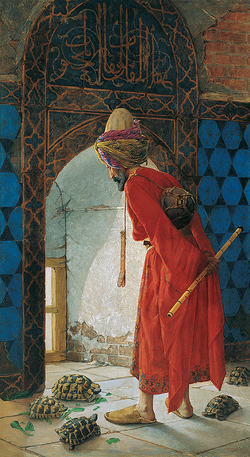
(TR) 1906 yılında yapılan bu eser, muhtemelen gelmiş geçmiş en pahalı Türk tablosudur. 2004 yılında 3.5 milyon dolara satılmış olup şu anda İstanbul Pera müzesinde sergilenmektedir. Osman Hamdi Bey bu eseri, Osmanlı’ya büyük bir politik ve sosyal kaosun hakim olduğu bir dönemde yaratmıştır. Eser, 19. Yüzyılda Tanzimat Fermanı ile getirilen batılı giyim tarzı ve fes öncesi eski Osmanlı kıyafetleri içerisinde yaşlı bir adamı betimler. Yaşlı adam, elindeki ney ile hemen ayağının yanı başında duran kaplumbağaları “eğitmeye” çalışmaktadır. Osman Hamdi bey, içinde bulunduğu çağın dışındaki giysilerle betimlediği bu yaşlı adamın kaplumbağaları terbiye etmeye çalışmasıyla, Osmanlı İmparatorluğu’nda yapılan, yavaş ve verimsiz reform girişimlerine atıfta bulunur. Resimdeki yaşlı adam, odadaki tek ışık kaynağı olan pencerenin yanında durmaktadır.
Osmanlı İmparatorluğu 18. Yüzyılda - Lale Devri olarak da bilinir - güç kaybetmeye başlamıştır. Bu dönemde, padişahın imparatorluğu modernize etmek amacıyla Avrupa ile kurmaya çalıştığı ticari ve kültürel ilişkiler, yüksek rütbeli yabancı bürokratlar için düzenlenen şaşalı parti ve kutlamalardan öteye gidemediği için başarısız olmuştur. Bu parti ve kutlamalarda, masalar arasında, kabuğunun üstünde mum taşıyan ve bunun için gerçekten eğitilmiş kaplumbağalar dolaşırdı. Bu nedenle Osman Hamdi Bey, eski Osmanlı İmparatorluğu’nu sembolize etmek için kaplumbağaları kullanmıştır.
Resimdeki kaplumbağa terbiyecisi, bu hayvanları “eğitmeye” çalışmaktan bıkmış; neredeyse imkansızı başarmaya çalışmaktan yorulmuştur. Yaşlı adam, bir şeyleri değiştirmeye çalışan fakat sonunda Türk toplumunun o zamanki durumunu değiştirmenin imkansız olduğunu fark eden bir figürü yansıtır. Tablodaki oda, gerçekten de Bursa’daki Yeşil Cami’de bulunan bir odadır.
Zamanında değerinin anlaşılmamasına rağmen, sultan otoritesine son veren (hükümet darbesi ile Üç Paşalar iktidarı başlamıştır) ve Osmanlı’nın 1. Dünya Savaşı’na girmesine zemin hazırlayan olayların ilki olan 1908 yılındaki Jon Türk devrimi sırasında büyük bir önem kazanmıştır.
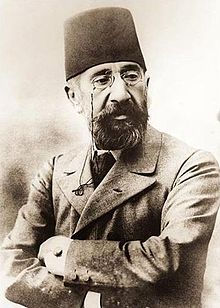
Osman Hamdi Bey
Osman Hamdi Bey, Türkiye’de modern arkeolojinin kurucusudur ve İstanbul Arkeoloji müzesinin dünyadaki en iyi müzelerden biri yapmak için bir çok çalışma yapmıştır.
Okuduğunuz için teşekkürler, sanatla kalın...
(EN) This painting, created in 1906, is probably the most expensive Turkish painting ever. In 2004 it was sold for $3.5M and is currently displayed at the Pera Museum in Istanbul. Osman Hamdi Bey created the painting at a time of great social and political turmoil in the Ottoman Empire. Bey was the founder of modern archeology in Turkey. He worked really hard to make the Istanbul Archeology Museum one of the most respected museums in the world. He was also famous for his work as an art expert and pioneering painter.
The painting depicts an elderly man in traditional Ottoman religious costume, which predates the introduction of the fez and the spread of Western style dress concurrent with the Tanzimat reforms in the mid-19th century. He holds a traditional ney flute with which he is attempting to "train" the tortoises at his feet. The room in the painting is a room from an actual mosque — the Green Mosque, in Bursa, Turkey. The old man is near a window, which is the only light source in the room. Bey is satirising slow and ineffective attempts at reforming the Ottoman Empire, through the attempts of this anachronistic historical character to train tortoises.
A brief history lesson may be in order. There was a period during the Ottoman Empire that was later known as Tulip Period (18th century). This period is important because it was the time when the Empire started going downhill. The Padişah tried to westernize the country by establishing commercial and cultural connections with Europe, but the resulting wasteful and luxurious parties, held only for top-ranking governors, meant these attempts ended in total failure. At these events, there were tortoises which had been taught by a trainer to carry a candle on their shell and walk between the tables — which after the Tulip Rebellion in 1730, came to represent the oriental leftovers of a gaudy Ottoman Empire. The old man who tries to "teach" or "train" these useless animals has completely given up trying (or teaching). He appears to have become worn out by attempting the impossible. He is an Eastern figure who tried changing something but ended up realizing it is impossible to change the current situation in Turkish society.
Although not widely shown or understood at the time, the painting achieved greater significance in subsequent decades as it presaged the Young Turk Revolution of 1908, which brought an end to direct autocratic rule by the Sultan (replaced by the regime of the Three Pashas after the 1913 coup d'état) and set the stage for the Empire's entry into the First World War on the side of the Central Powers — leading to its subsequent partitioning.
Osman Hamdi Bey is the founder of modern archeology in Turkey and has worked hard to make Istanbul Archeology Museum one of the best museums.
Thanks for reading, stay with art...
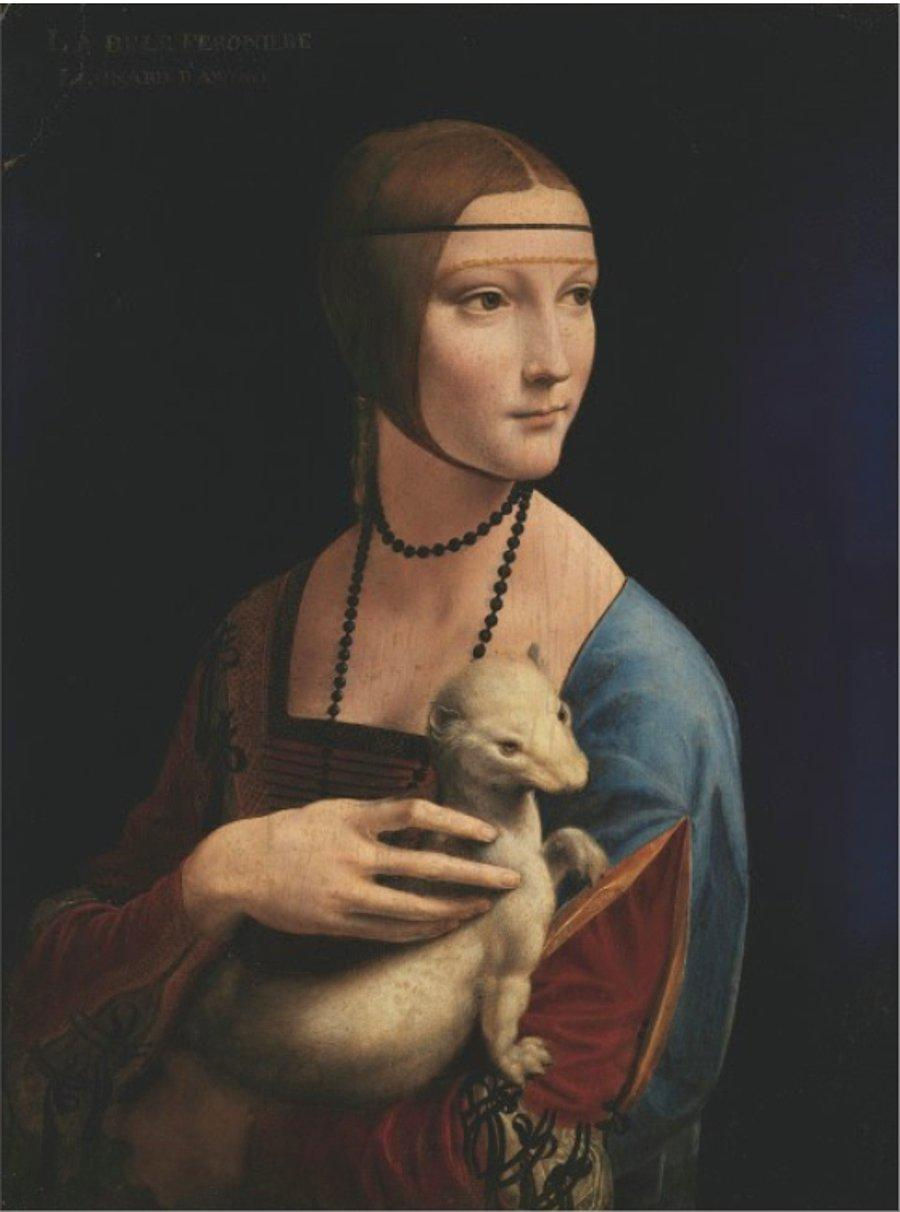
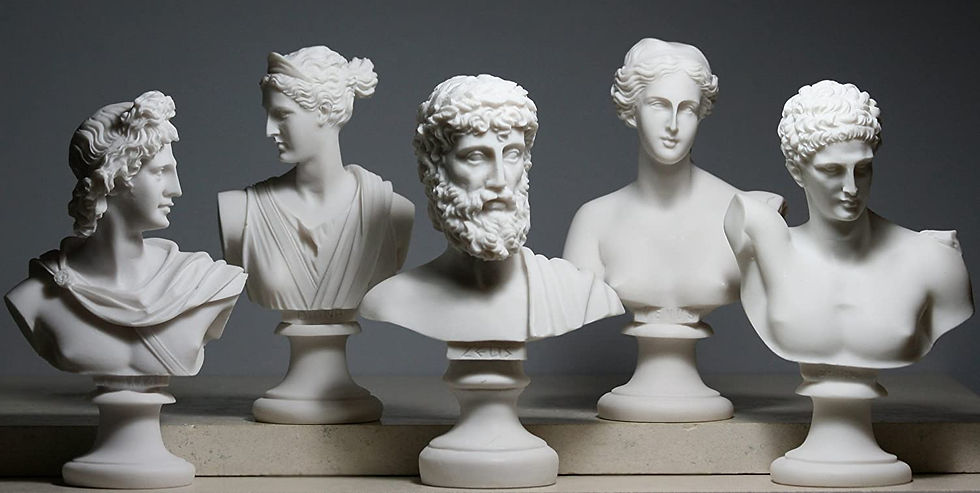
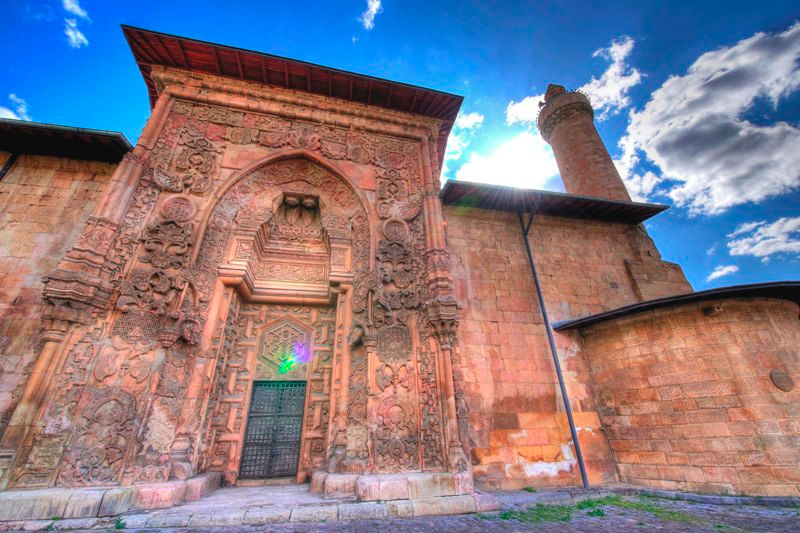
Yorumlar